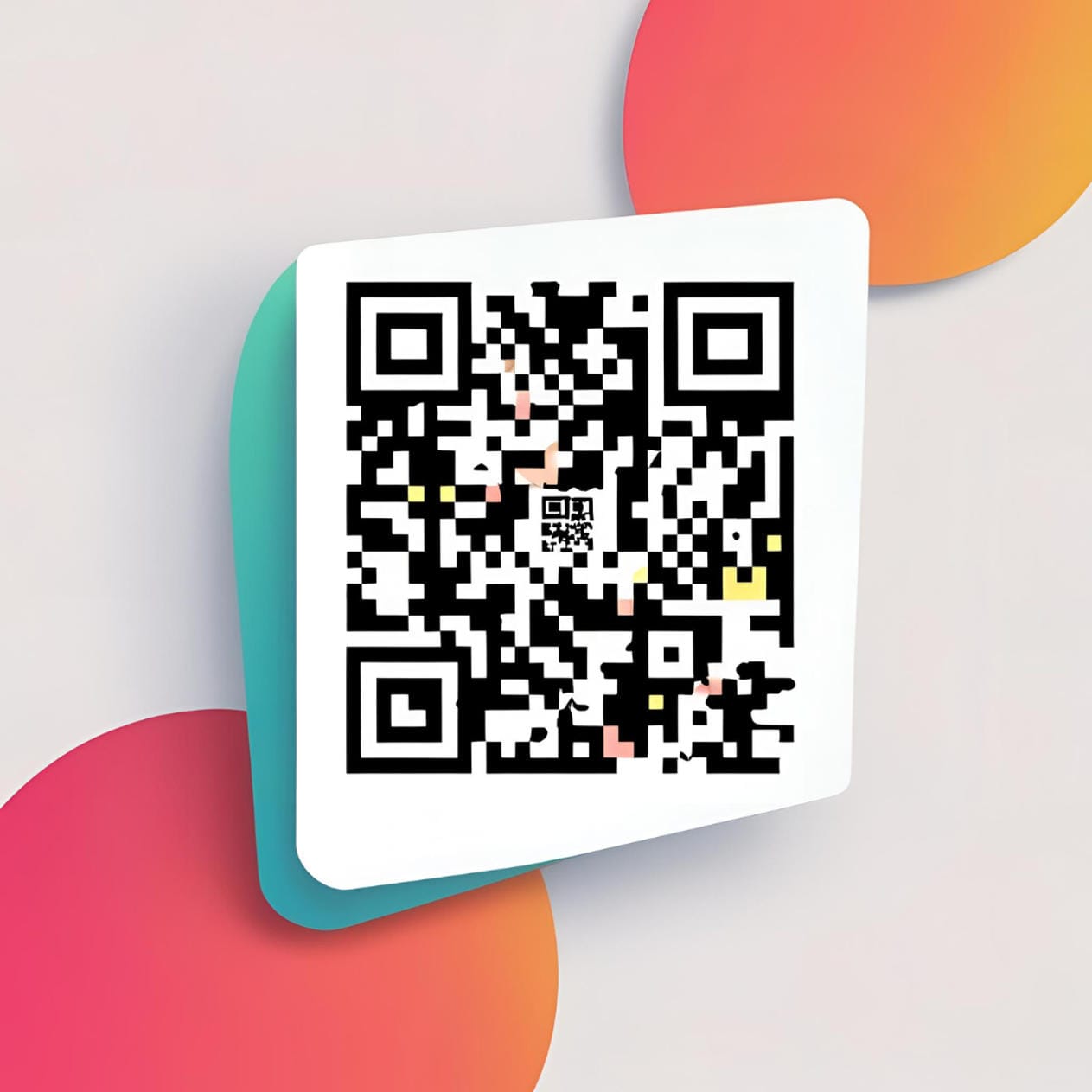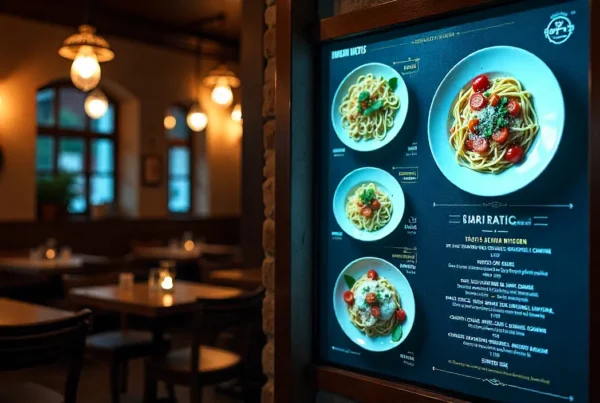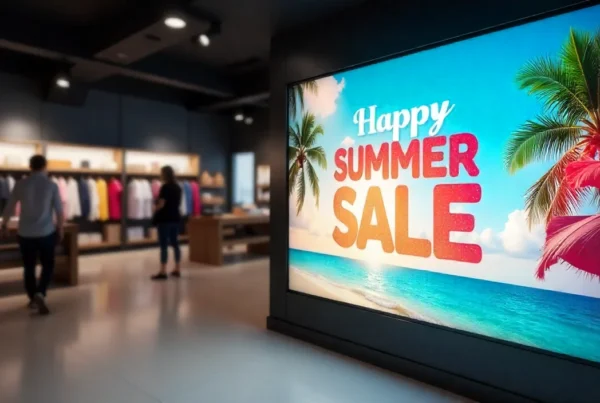A QR Code Menu changes the way diners eat by making any QR code menu stand or tabletop graphic an immediate portal to guests. Reading a clean QR code menu of restaurants allows customers to view all of their items, place orders, and even pay, all without printed paper or large PDF files. When done correctly, your QR code restaurant menu design can be used as a potent upsell, loyalty, and operational efficiency tool that harmonizes with your digital in-store signage plan and enforces brand identity at all touch points.

Why QR Code Menus Rock
Contactless Convenience
Visitors do not need to download any app; simply scan your QR Code Menu and get all the information they need. Such an extent of contactless service is not only consistent with the new hygienic standards but also increases the table turnover. When you integrate your QR code menu ordering system into daily customer-server interactions, you minimize touch points, build guest confidence, and emphasize your safety-first approach, all the time supporting the clean, tech-savvy brand image of your business.
Real-Time Pricing
One of the biggest benefits of a QR Code Menu is that QR code menu prices can be changed in real time. You can make these changes in seconds, whether you are introducing a happy-hour special, charging up limited-time dishes, or putting an item off the menu because it is sold out, all by using any internet-connected device. This flexibility will remove the risk of having to reprint and create a situation where your guests will never see outdated pricing again, which will further build trust and prevent the feeling of disappointment at the checkout.
Engaging Experiences
In addition to plain text, you can add high-quality images of the dishes, brief looping videos of your special recipes, and interactive allergy filters to your QR code menu design. The addition of multimedia content behind each code gives diners an immersive experience that will encourage them to visit more parts of your menu. This interactive layer drives dwell time and add-on orders -turning your QR code restaurant menu design into a deep, revenue-generating engagement point.
Data-Driven Insights
Each time your customers use your QR Code Menu, you receive valuable analytics: which categories are most tapped, the average time spent in a section, and ordering windows of the day. Using this data, you will be able to optimize menu designs, focus on high-margin menu items, and change QR code menu pricing tactics to reflect actual guest behavior. These insights will make your QR code menu ordering platform a continuous improvement machine, with your restaurant being on the front edge of trends and profitability.
Essential Elements of QR Code Menu Design
High Contrast & Appropriate Size
A QR code menu should be printed at least 1 x 1 inch on tables and 2 x 2 inches on walls or windows. Stark black modules on a clean white background will ensure solid scans on any smartphone camera, even in ambient lighting conditions. Save your codes in vector formats (SVG or PDF) in order to preserve sharpness when you resize depending on the QR code menu stand designs-sleek metal holders on the bar to laminated table tents in the dining room.
Error Correction & Durability
Restaurants are high-traffic places- food spills, fingers touch tabletops, and printed items become worn. When you have your QR code error correction set to Q or H, you ensure robustness where a scan can still work with up to 30 percent of the code covered. To add security, print your codes on laminated sheets or place them in acrylic cases on your QR code menu stands. This makes sure that your QR code menu in restaurants will not be out of order and will look professional even after numerous spills or clean-ups.
Responsive Design Layout & Font
There is a digital page behind every QR Code Menu, and this page should load immediately and display the information in a clear manner. Put your menu on a responsive site, like WordPress, Wix, Google Docs, or specific digital signage brands, so it can be viewed on any screen. Arrange content in coherent and foldable sections (starters, mains, desserts) and put QR code menu price tags in bold or colored type. The readability of the text with a minimum body text size of 14 px and at least 16 px for the headings supports the readability of the text in different lighting situations, regardless of where your guests are sitting, either in the sunlit patio or the dimly lit lounge.
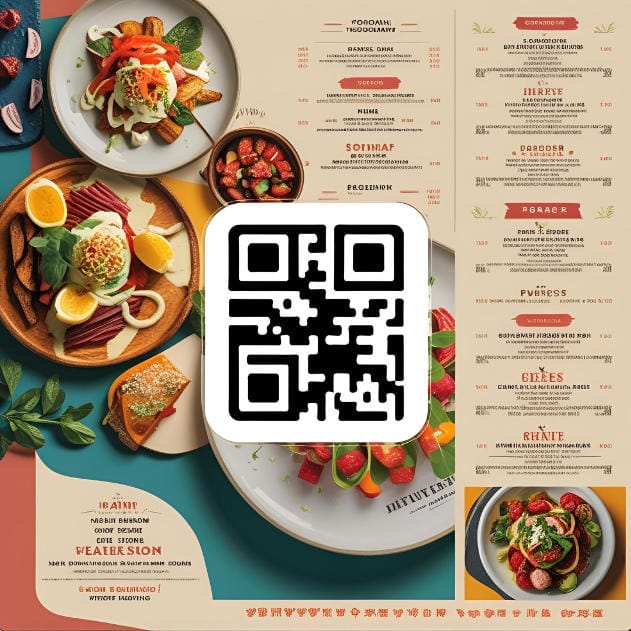
Best Practices for QR Code Menu Ordering and Stands
Seamless POS Integration
The QR code menu ordering system can be integrated with a robust QR code menu ordering system that is directly connected to your point-of-sale and kitchen display hardware. Your order is automatically sent, and errors due to manual entry can be eliminated. As a guest scans, chooses, and taps on the screen, the selections are sent immediately to the kitchen, and the order is prepared without the server being involved. This automation will not only accelerate the service but also allow the staff to work with individual guests, with precise monitoring of sales and inventory updates.
Placement & Design of Strategic Stands
Your QR code menu stand is a working tool as well as a branding opportunity. Choose durable materials such as acrylic, metal, or treated wood, which can be cleaned and cannot be tipped. The place is on host stations at waitlists, on all tables when dining in, and at takeaway counters when ordering to go. Add a brief instruction, e.g., in a large font above the code, such as, Scan here to see the menu and order. In outdoor seating, waterproof holders should be used, and scan performance should be tested in direct sunlight to ensure your guests never have a problem accessing your digital menu.
Clear Calls-to-Action
Below your code, there are basic micro-prompts that remove guesses and encourage participation. Message text such as Tap to Start, Scan & Order Now, or View Today Specials can orientate new users into your QR code menu processes. The regularity of the CTA on QR code menus in all the stands and printed items creates a sense of familiarity that minimizes friction and increases scan rates even during guest experience.
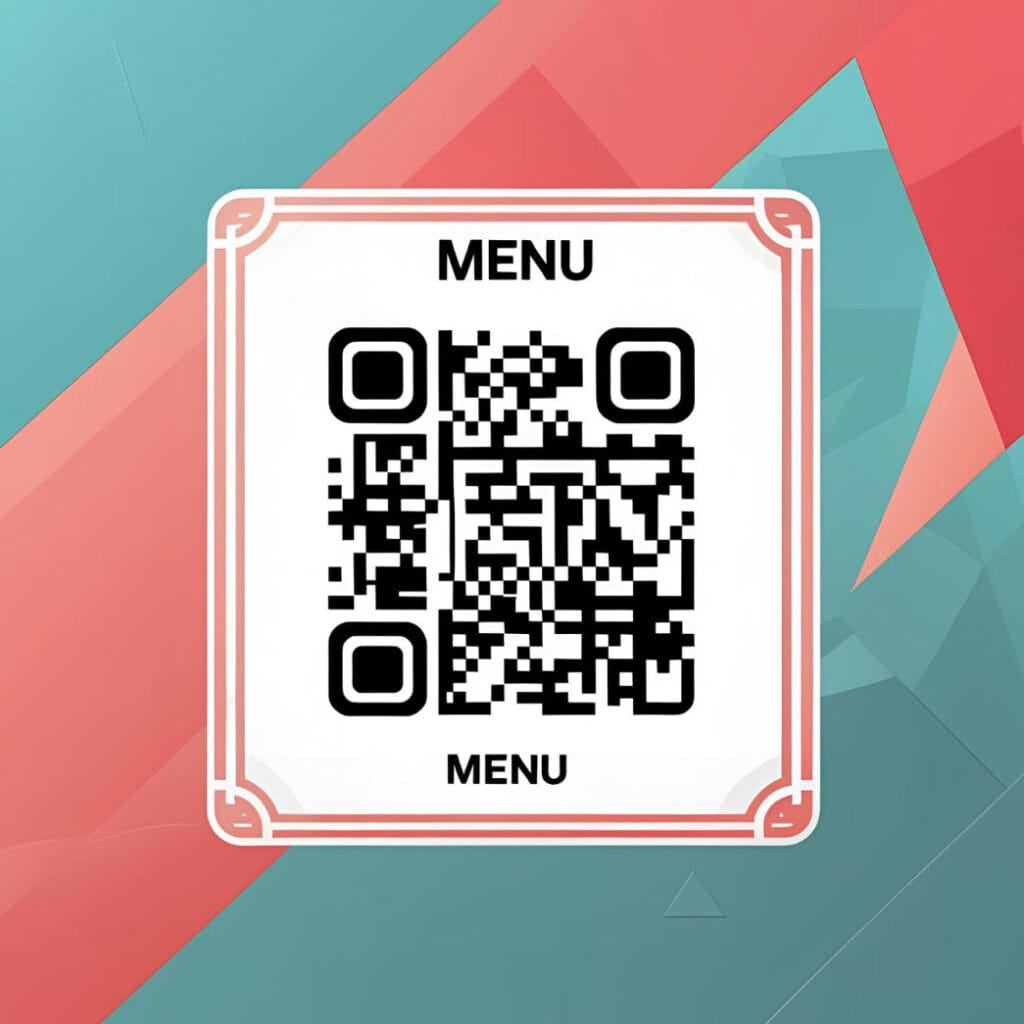
Technical & Accessibility Tips
Short URLs & Branded Codes
To make your QR code menu as fast as possible, before creating it, shorten your destination URL using a reputable service to simplify the code and accelerate the scan. To reinforce the brand, consider putting a small logo or color accent in the code, but do remember to put a large separation (quiet zone) around the modules to retain scan ability. This tradeoff between functionality and branding takes your QR code restaurant menu design a notch higher without compromising performance.
Cross-Device & Lighting Testing
It is essential to conduct compatibility testing. Make sure your QR Code Menu works on lots of devices: new Android phones, old iPhones, low-end smartphones, dark bars, and sunlit patios. This extensive testing will mean that no matter what phone your guests may be using or where they are seated, they will be able to view your digital menu with ease.
Inclusive, Accessible Design
Accessibility increases your customer base. Your digital menu page should have alt text and ARIA labels so that it is compatible with screen readers. Keep the color schemes high contrast and stay away from troublemakers such as red or green. Provide a drop-down menu to select a language or hyperlinks to translated pages when you have a multi-lingual customer base. Such inclusive options make your QR code menu ordering solution inclusive to all diners.
Ready to Upgrade Your QR Code Menu?
Take the guest experience to the next level with a QR Code Menu that looks exquisite, is technically robust, easy to scan, easy to update, and full of interactive features. Reach us to discuss our QR code menu restaurant free starter pack, professional QR code menu design services, and flexible subscription plans. Whether you need a pop-up cafe or a multi-location bistro chain, our QR code menu ordering and digital signage in retail store expertise will make sure your brand stands out and you can operate efficiently.
FAQs
What size should my QR Code Menu be?
Print at a minimum of 1 x 1 inch on a table and at least 2 x 2 inches on QR code menu stands or wall. Bigger codes enhance the reliability of scans at different distances.
Can I create a QR Code Menu for free?
Definitely–you can create and host a QR code menu restaurant free without paying a dime but still provide professional user experience using tools such as QR Code Monkey, Canva, and Google Docs.
How do I update my QR Code Menu pricing?
With a cloud-based CMS or dedicated digital signage software, you can change the QR code menu prices in real time. Changes in your online dashboard are pushed to all the code reprints necessary.
Is it safe to embed my logo in the QR code?
Sure-as-long-as-you-keep-the-logo-small (less than 20 percent of the code area) and leave a quiet zone around the code modules so that the code can be scanned faultlessly.
What if a guest can’t scan the QR code?
Back-up menus should always be available in laminated paper or tablet format, and staff should be trained to help with scanning or placing orders as required.
Can QR Code Menus handle orders and payments?
They can. Select platforms that have POS and safe payment gateway connections to enable end-to-end QR code menu ordering scan to swipe.
How often should I review my QR Code Menu design?
Rotate branding items, seasonal items, and guest feedback to refresh your QR code menu for restaurants every quarter, as well as keep the menu error-free.

